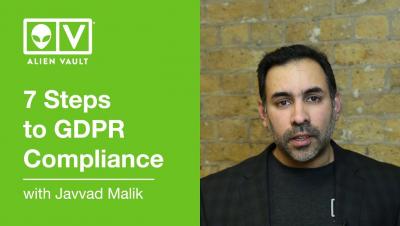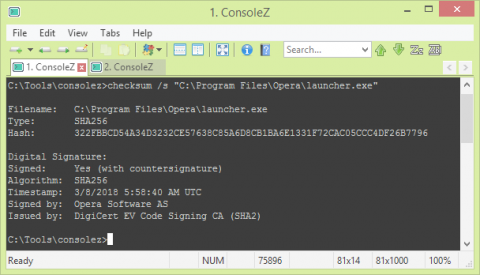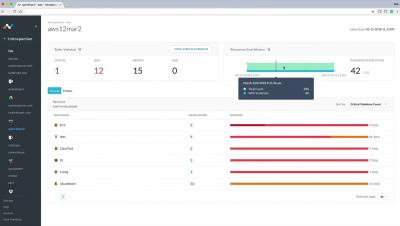20 CIS Controls: Control 18 - Application Software Security
Today, I will be going over Control 18 from version 7 of the top 20 CIS Controls – Application Software Security. I will go through the eleven requirements and offer my thoughts on what I’ve found.








